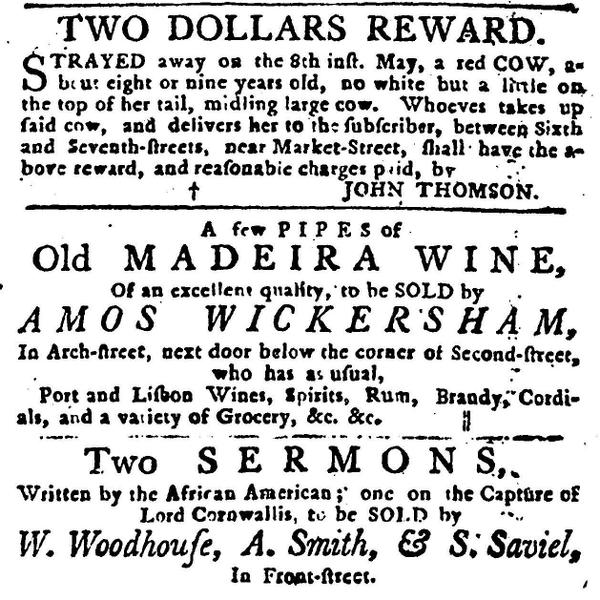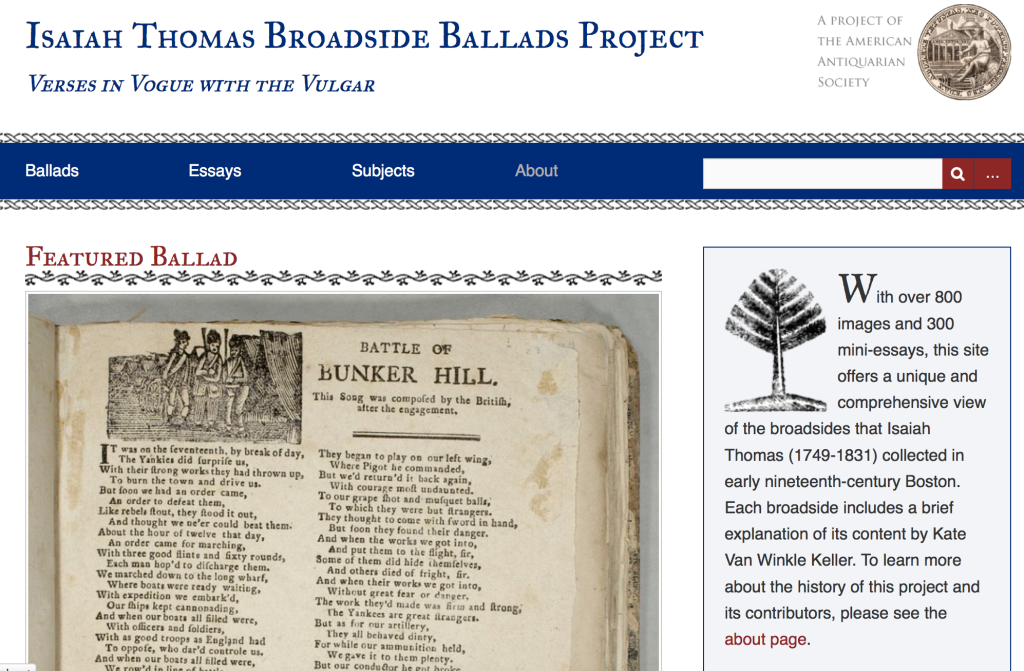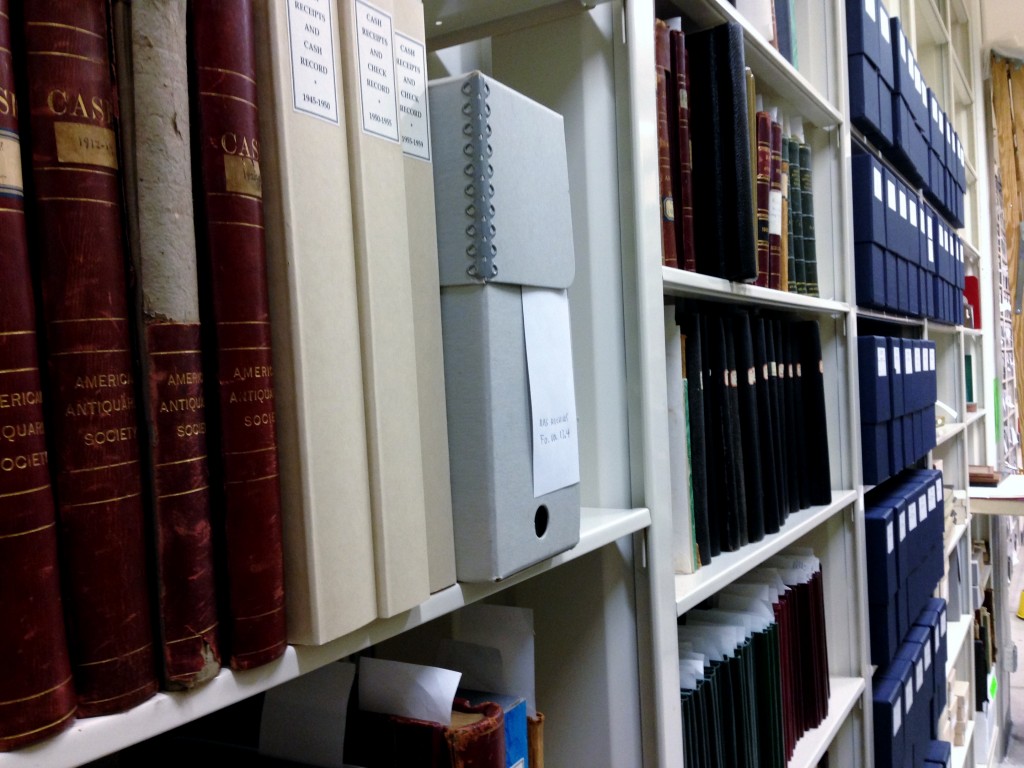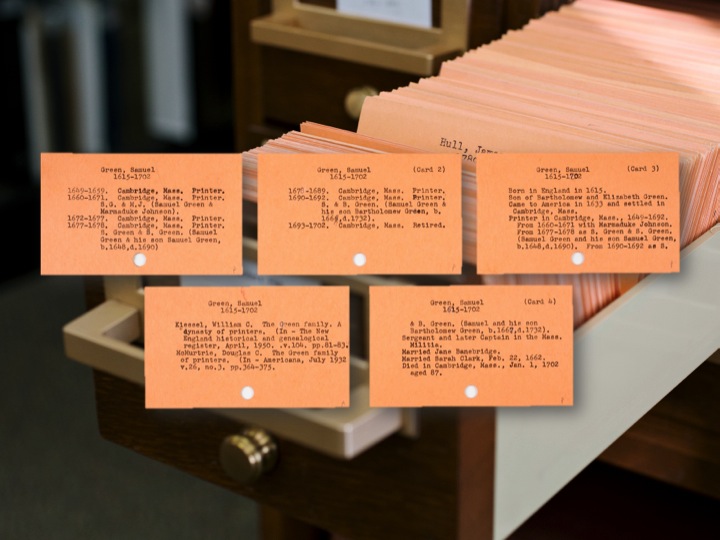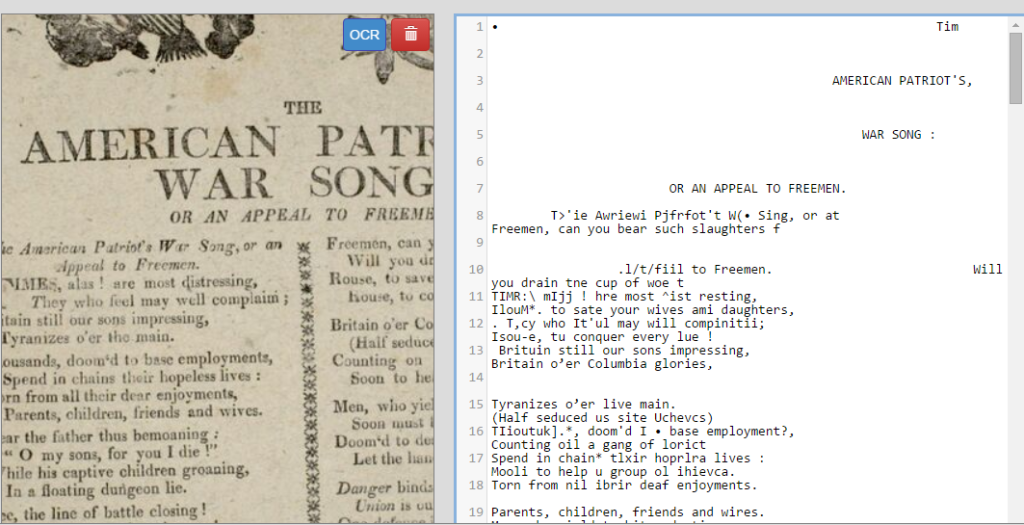
Associate Professor of History at Assumption College Carl Robert Keyes and our digital humanities curator, Molly O’Hagan Hardy, recently collaborated to combine early American history and digital humanities in the classroom. About a year ago, AAS launched the Isaiah Thomas Broadside Ballads Project: Verses in Vogue with the Vulgar. Featuring 338 broadsides, 800 images, and many contextualizing essays, ...




